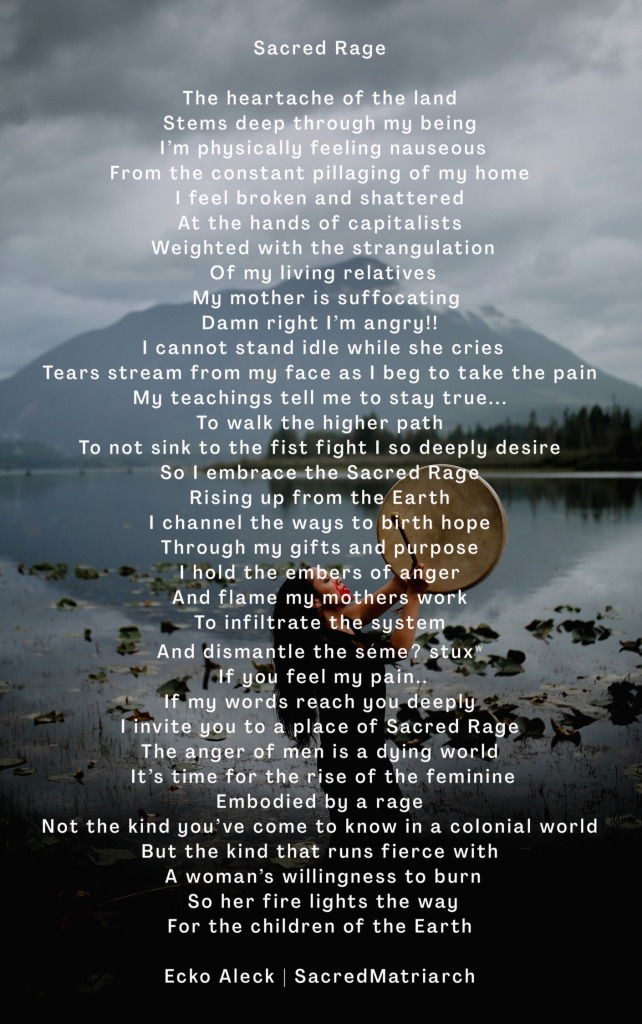The vernal equinox has just passed and the days have started to get longer. A new year of begins. In my part of the world green arrives, with winds and rain. Inland and north they are noticing more emu chicks than ever, a sign of a wet spring and in the farms near me, plenty of twins and triplet lambs in the fields, a sign from the northern hemisphere transplanted here that spring is in fine form. COVID19 is starting to wane in the neighbouring state of Victoria and has claimed another victim, their health Minister. I watch their leaders on the news and see their Premier getting thinner by the day, and wonder if the Cabinet has mental health practitioners on hand supporting them. It has been a year since their first bushfires started and relentless public health and safety ever since – must be like being in a war cabinet rather than governing for peacetimes. Everyone in the state of Victoria working to eradicate an invisible enemy.
Friends on zoom calls, beaming in from the US talk about prepping themselves for their elections and whatever the aftermath will bear. They talk of being worried about civil war … and there is that word again War. It keeps turning up in conversations and I turn my attention to the warrior, the one who is ready, willing and able to put their body on the line to get into the kind of strife that may lead to taking up arms.
Warriors come in all forms and have a range of weapons. The warrior against waste, might be the seven year old who chastises an older relative for having single use plastic in their home. The warrior for racial justice might be the rap singer mobilising with their street theatre comrades performing to stop traffic. The warrior for gender equity might be in the HR department building a skillful runway for equal pay with built in court appearances, board table presentations and union allies. The warrior activist, is often characterised as having violent tendencies, courage, embattled and aggressive, the one who can take one for the team. They are the ones who have the role of stepping into the fray, no longer willing to stay on the outskirts, they point out through their actions what is not right and set a course to bring that injustice to the fore, often making what was invisible, visible and therefore inviting others into seeing what they can see. The mythical Amazon female warriors seem to have a basis in reality according to new evidence reported in the Washington Post a few years ago. I am looking forward to the lessons that will come from this that may shake up assumptions about warriorship and women. When activists disturb assumptions there is a fair chance disruption will follow and warriors will emerge, and when those warriors are not the usual suspects even more assumptions can turn tables.
I am inspired by warriors, those willing to put their body on the line to go into battle to not just make things right, but to make the injustice right for whole populations, species, habitat, communities. That they are willing to hold the space so others can do what they must do behind the scenes and inoculate make it safe for others to get on with what needs to be done to ensure the battles can be won behind the scenes.
In my home state of South Australia, the example that comes to mind in these pandemic times, is the battle to save our state owned and funded pathology services. I am grateful to those who fought that fight and kept the service in public ownership. I believe when the books are written about what worked in the pandemic, public ownership of these services will be featured. Privatisation is a weapon of neo-liberalism, and on this occasion it was neutralized by keeping our pathology services in public hands. The unsung warriors of the public sector, I hope will get their medals when the time comes. And I am remembering that Amazon and amazing come from the same root – to cause surprise and wonder – and that is what a warrior does – surprises and when unveiling assumptions, makes us all wonder and question what we were holding onto and why as we then get into a tug-o-war about what we will hang onto and let go of. Here’s to the surprising and wonder-full warriors – from US Court judges to babes in swaddling clothes.

Photo by Tim Foster on Unsplash


